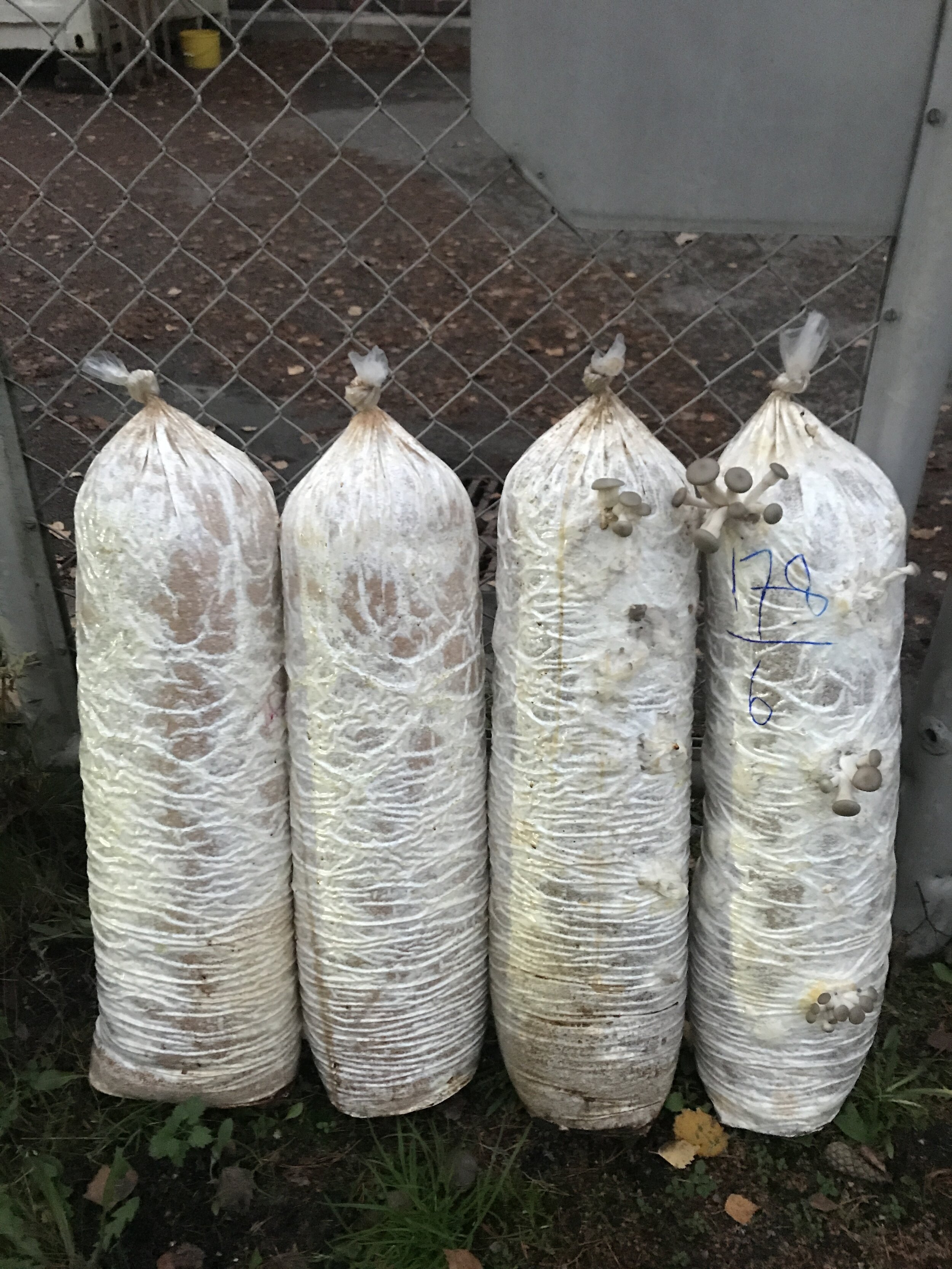Our world is at a tipping point and we need to change our irresponsible ways of manufacture and consumption. That’s why we are continuously experimenting with new ways to create products from local organic waste and renewable materials. We aim to step away from contributing to the harmful environmental impacts caused by toxic materials, irresponsible use of natural resources, and international shipping of raw ingredients.
Our materials are handcrafted from 100% natural ingredients, which means that after their useful life they can be composted or broken down to make new products.
Samples of our materials are available on request.
Organic Waste
Due to the widespread consumption of orange juice, orange peel is one of our main ingredients. Around 24 million tons of orange peel is produced every year from the juice industry. We collect our peel from the juice machines of our local supermarket.
With our binders made of nature’s starches and resins, almost any type of organic waste can be turned into functional products.
Mycelium
We also work with locally growing strains mycelium - the root network of mushrooms, which is usually found growing under the forest floor or on decaying trees. Our designs are grown by feeding mycelium by-products such as sawdust and textile waste. The mix is grown inside a mold, and over a couple of weeks the mycelium will bind the matter into a solid object. By doing so, we are letting nature lead the process in creating zero-waste design.
Mycelium materials are strong, buoyant and have great insulation and fire-resistance properties. On top of everything else, they can produce mushrooms for food and medicine.
From Finnish forests
For our work we use mycelium cultivated by Kääpä Biotech, a biotechnology company committed to healthier humans and ecosystems. The company researches, innovates and develops novel industry solutions with fungi. The mycelium we use are the leftovers from Kääpä’s production processes.
Photo by Kääpä Biotech
KÄÄPÄ Biotech has three subdivisions: KÄÄPÄ Forest, KÄÄPÄ Health and Nordic Mushrooms. KÄÄPÄ Forest manages the largest chaga cultivation network in the world and promotes versatile use of forests. KÄÄPÄ Health manages one of Europe’s largest outdoor mushroom farms and produces organic mushroom extracts. Nordic Mushrooms is a wholesale division of Finnish grown organic mushrooms extracts.
Photo by Kääpä Biotech
Sometimes we use spent substrates from Helsieni, a Helsinki-based company growing mushrooms on a range of ‘waste’ such as coffee grounds and agricultural by-products. In addition, Helsieni spreads the know-how of growing mushrooms at home using low-tech methods. The pictured columns have already produced 2-3 flushes of oyster mushrooms, but can be broken down to grow mycelium products.
Our Biomaterial Story
Back to







